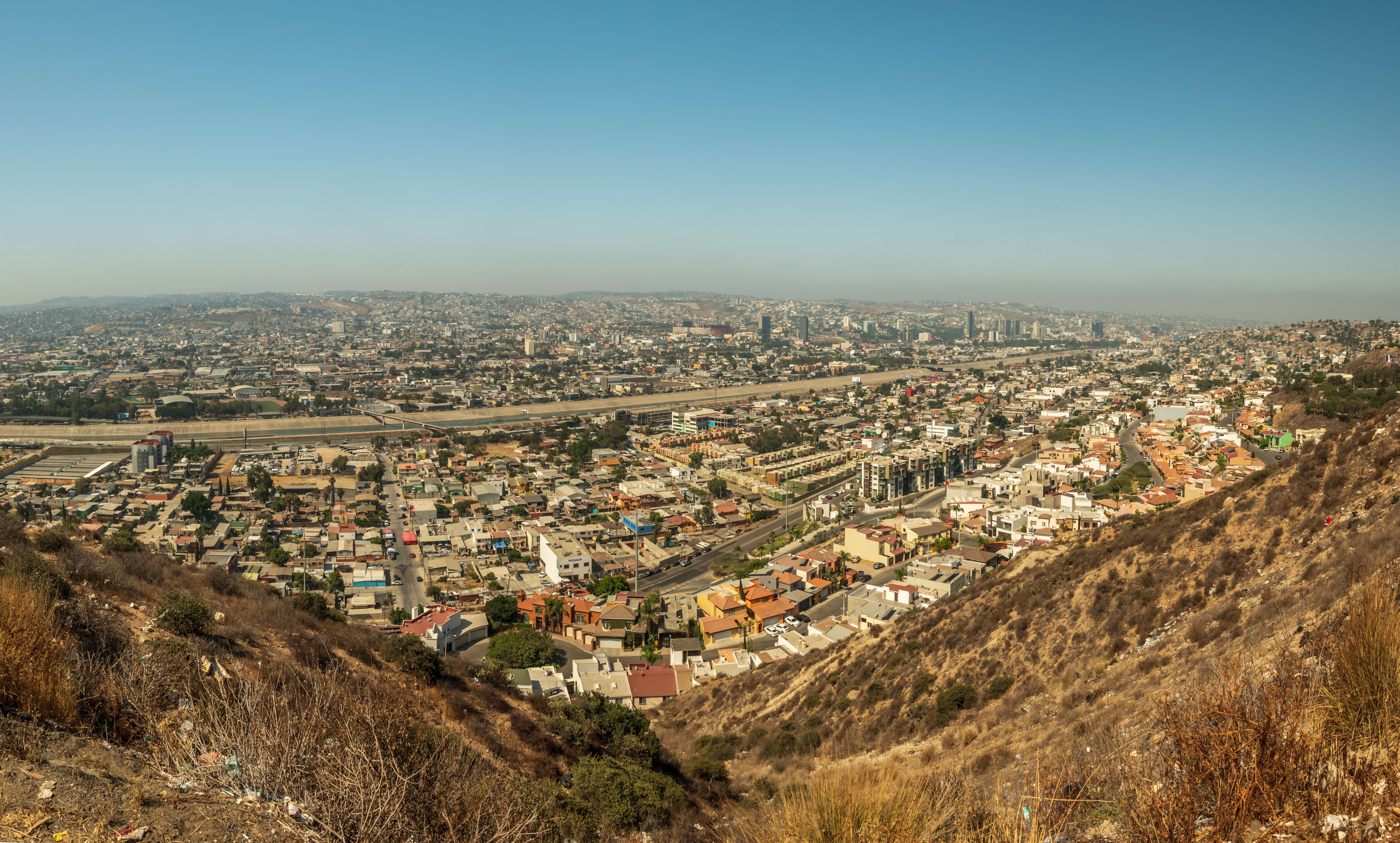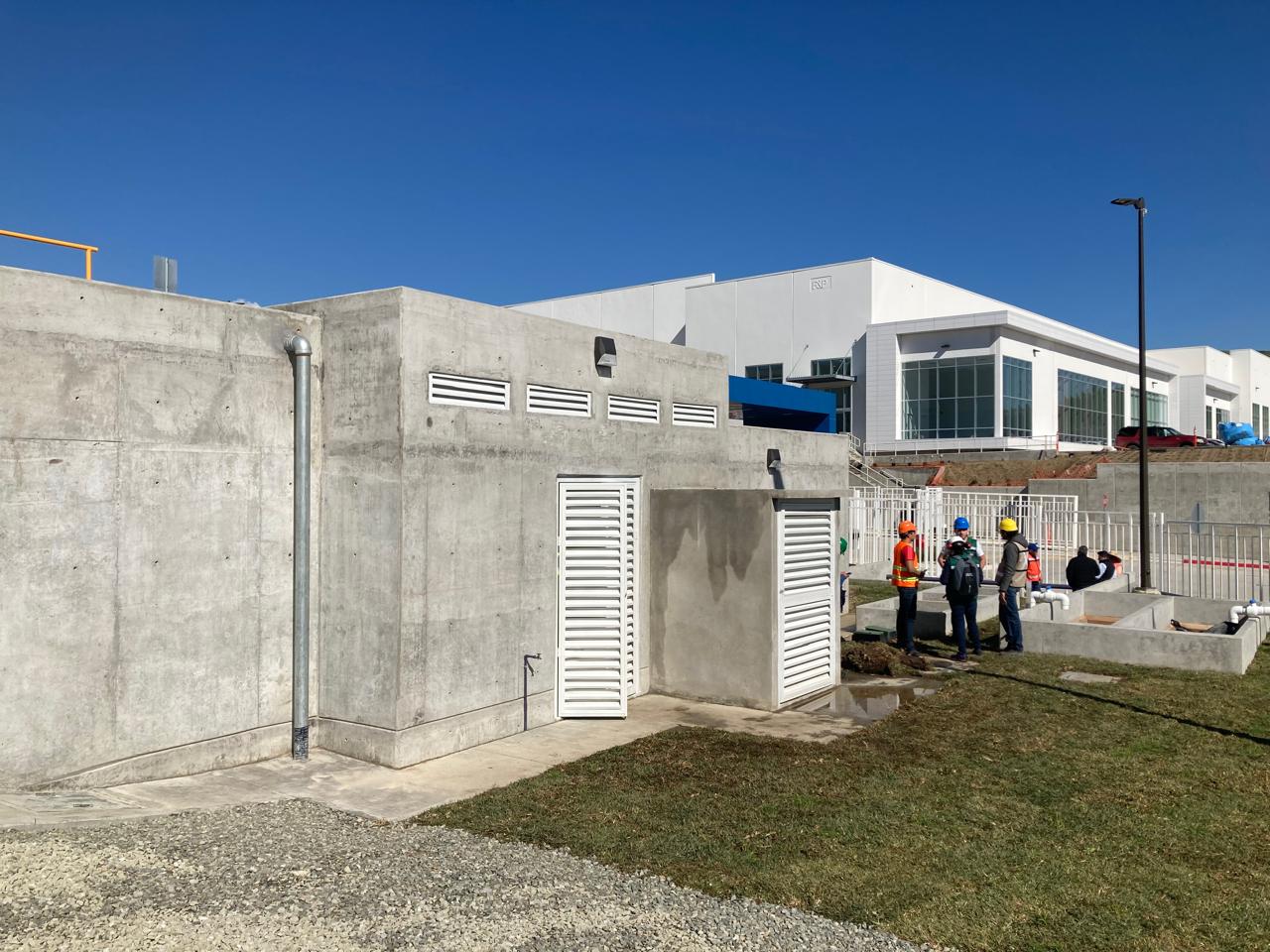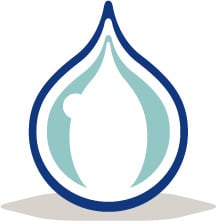In search of ways to tackle Mexico’s big water challenge
In May 2023, close to half of Mexico’s municipalities were in drought, according to the country’s National Water Commission. A year later, when the country went to elect a new president, much of the country was suffering from historic drought, water shortages, intense heat and occasional power outages.
DATE 2024-10-31
Tijuana is located on the border with the US and partly relies on water from the Colorado River. Being one of the country’s fastest-growing cities and one of the most water-stressed states in the country, relying on transboundary water supplies, the challenges facing the city are acute.
New legislation continues to sharpen the focus on water use for many industries where much stricter water quality standards now need to be met. This is having a real impact in the north of the country, where water is scarce and costs high for companies – up to ten US dollars per cubic metre.
For many industries up in the north, especially along the US border, the stakes are high, and when water integrator and systems builder TDSM started to look for a solution for industries in the area – Alfa Laval was on hand to supply the MBR membranes that have proven to be a game-changer.
The potential is showcased in an unusual project for a global healthcare company. The company’s products are sold in more than 120 countries worldwide.
Its manufacturing facility in Tijuana must comply with regulatory requirements for the quality of discharge water in both Mexico and the US, and as Tomás Robles, Environmental Engineer, Business Developer Water and Waste Treatment for Alfa Laval in Mexico, explains: “With the new regulations, the company was challenged to keep treatment costs and the amount of discharge water down by securing the reuse of treated wastewater. TDSM was brought in to design a solution for them.

“TDSM is located in Tijuana and works mainly on the border where a lot of manufacturers are based. They knew Alfa Laval after we met with them in 2022 on the US side of the border to present our technology. We put the financial data in our analysis, and this convinced TDSM to design the complete system around our membranes.”
With the new system in place, the company can now recycle the treated water inside the facilities, using it to flush toilets and irrigate the green areas on the grounds rather than paying to discharge it into the public drainage system. The plant treats 225 cubic metres of water per day. With the MBR solution, the company treats and reuses 50% of the total amount of treated water.
“We did a financial analysis on this project, and the pay-back time was only 18 months. So, after July 2024, the company will benefit from the cost savings. From Alfa Laval, we visit the facility every three months to check up on customer satisfaction and monitor the MBR performance.”
Membranes act as a wall between bacteria and treated water, and generally, the chemical products needed for cleaning are added every three months. However, in this project, it was every six months, so the system uses 50% less citric acid and Hypochlorite, reducing OPEX again, which is good for the environment and for cost savings.
Also adding the superiority of the MBR solutions is the fact that it makes good use of gravity as the pressure of the water pushes it down through the membrane – whereas other systems need a pump to pull the water through, which is both more energy-intensive and costly.
“Alfa Laval’s MBR is a solution with an interesting potential when we consider the water issues facing northern Mexico,” says Tomás. “There are specific water-intensive industries where membranes can play an important role. In general, the MBR solution is good for the environment, cuts water costs for companies, and delivers an amazingly swift return on investment in the process.”
廃水の価値を最大限に引き出す:廃水の有効活用
技術ハイライト

Water: Every day, the MBR solutions treat 225 m3 of discharge water. Half of this is reused for flushing toilets and irrigation on company grounds.

Pay-back time: 18 months
Less chemicals: Chemicals are typically added every three months to the MBR for the treatment of the discharge water. In this case, chemicals are only added every six months.
